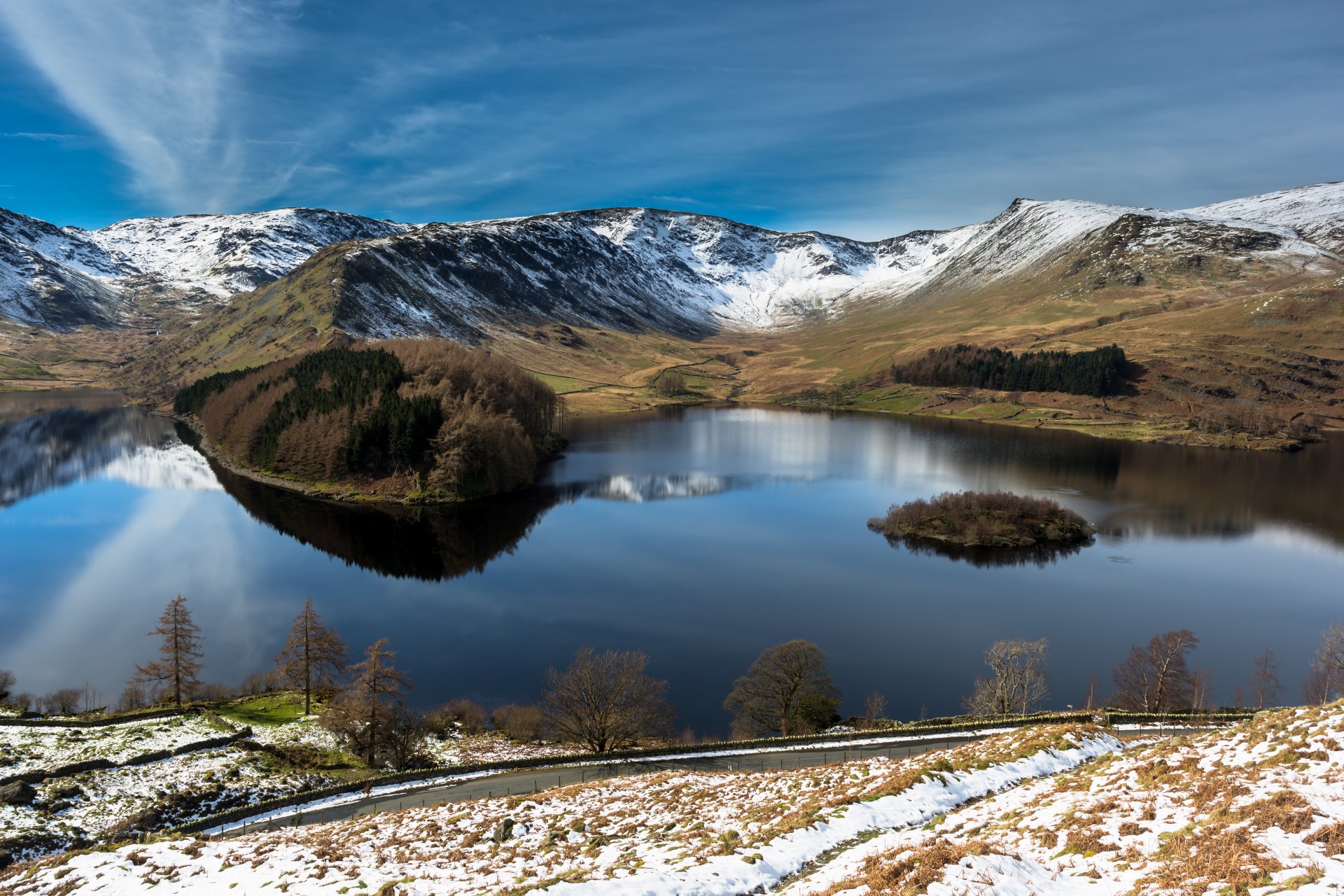
DWMP Resource Centre
The DWMPs are not just plans, they are a collaborative tool, a platform where we can come together in partnership with our key stakeholders to plan for the future.
We have created the DWMP Resource Centre as a central resource to help you learn more about the DWMP in an interactive way.
Frequently asked questions
A Drainage and Wastewater Management Plan (DWMP) is a long-term plan (up to 2055), which sets out how United Utilities Water (UUW) proposes to ensure robust and resilient drainage and wastewater services for the North West, in partnership with stakeholders.
Our drainage and wastewater assets are under increasing pressure. Climate change, population growth and a vast infrastructure all challenge asset health and performance. By developing the DWMP, UUW is setting the long-term context for decisions to secure robust and resilient drainage and wastewater services at an affordable price for customers.
The DWMP is a long-term plan to understand scale and scope of future challenges. It will be used to ensure that decisions regarding future business plan developments are made in the context of the long-term challenges and opportunities and will support and encourage partnership working.
The DWMP will support and encourage partnership working which is key to developing a robust plan. We are committed to engaging stakeholders in our planning and strategic development, to make sure our business direction reflects their priorities, and the customers they represent. Engagement is a continual process, rather than a one-off exercise, and we seek views and opinions from a wide range of organisations and individuals across the whole of the region. You can get involved by emailing; DWMP@uuplc.co.uk To find out more about stakeholder engagement at United Utilities please visit: United Utilities - Stakeholder engagement
Many of the drainage risks we experience are the impact of external factors such as climate change and population growth.
There are various types of flooding and each type is the responsibility of different authorities to manage:
Flooding from sewers: Responsibility of the water company.
Flooding from rivers and the sea: The Environment Agency has a strategic overview of all sources of flooding and coastal erosion (as defined in the Flood and Water Management Act 2010). It is also responsible for flood and coastal erosion risk management activities on main rivers and the coast and regulating reservoir safety.
Flooding from surface water, ground water and ordinary water courses: The Lead Local Flood Authority for your area is responsible for managing local risks which includes ensuring co-operation between the risk management authorities.
For more information on flood risk generally across the North West, please visit the North West Regional Flood and Coastal Committee website: Flood Hub.
A drainage area, also known as a drainage basin or catchment area, is the geographical region where all surface water (rain, snowmelt, etc.) drains into a specific river, stream, or other water body. It encompasses the main river and all its tributaries, as well as the surrounding land that contributes water to it. The boundary of a drainage basin is called a watershed.
Across the North West region we have five counties - Cumbria, Lancashire, Greater Manchester, Merseyside and Cheshire. Each of these region’s five counties has its own individual needs and priorities. We’ve created a map so you can see the different regions.